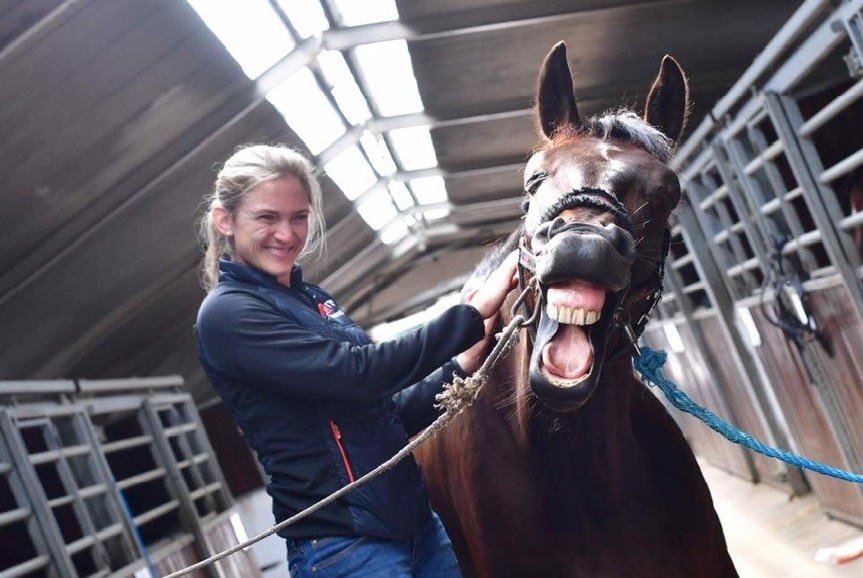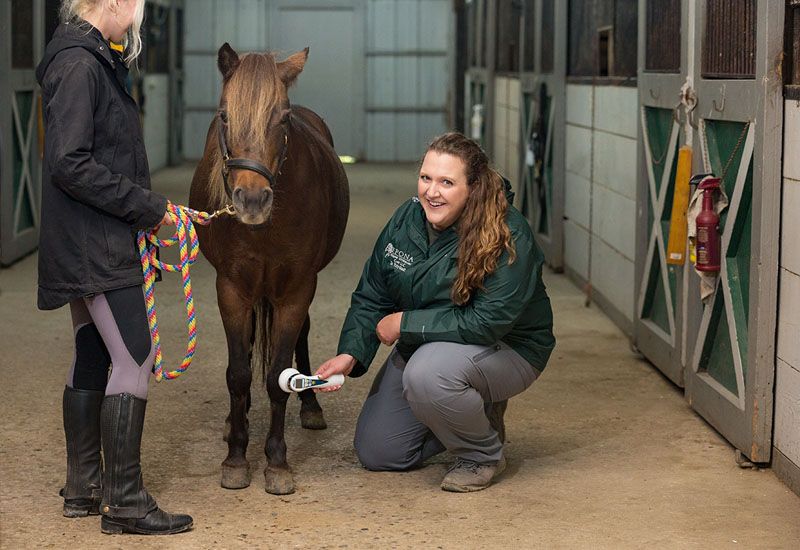Equine Therapy for Kid: Emotional and Behavior Support Clarified
Equine Therapy for Kid: Emotional and Behavior Support Clarified
Blog Article
Evaluating the Performance of Laser Treatment in Equine Treatment for Injury Rehabilitation
The analysis of laser therapy's efficiency in equine injury rehab pivots on numerous variables, including recovery time, discomfort mitigation, and cells regeneration. Scientific studies suggest noteworthy improvements in problems like tendonitis and osteo arthritis, connected to enhanced cellular feature and elevated ATP production. Vets frequently observe remarkable outcomes with laser therapy contrasted to standard methods, positioning it as a crucial component in equine care. The requirement for continuous surveillance and customized treatment plans can not be overstated. What particular professional evidence supports these insurance claims, and exactly how do veterinarians apply these methods in method?

Understanding Laser Treatment
Laser treatment has actually ended up being a critical device in vet medication, particularly in the treatment of equine problems. Understood for its non-invasive nature and efficiency, laser therapy includes the application of certain wavelengths of light to boost tissue repair and minimize inflammation. This restorative technique is progressively preferred for its capability to increase the healing process in steeds experiencing a range of bone and joint injuries and persistent problems.
The key mechanism behind laser treatment is its capacity to boost mobile features. When laser light passes through the skin, it is soaked up by mitochondria, the powerhouse of cells, which causes increased production of adenosine triphosphate (ATP) This biochemical energy boost promotes cellular repair service and regrowth. Additionally, laser therapy promotes vasodilation, enhancing blood flow and oxygen distribution to damaged cells, hence speeding up recuperation.
In equine medication, laser treatment is particularly valuable for conditions such as tendonitis, osteo arthritis, and wound recovery. The technique is admired for its pain-relieving residential or commercial properties, enabling equines to gain back flexibility and feature extra quickly. Vets additionally appreciate its minimal negative effects compared to various other treatment methods, making it a reliable and risk-free option for equine care.
Just How Laser Therapy Functions
To comprehend how laser therapy works, it is necessary to dig into the interaction in between light energy and organic cells. Laser therapy, likewise called Low-Level Laser Treatment (LLLT) or photobiomodulation, utilizes specific wavelengths of light to permeate cells and promote mobile processes. The system rests on the absorption of photons by cell chromophores, largely within the mitochondria, which are essential for energy manufacturing.
Upon absorption, these photons set off a collection of biochemical adjustments, improving mitochondrial function and bring about boosted adenosine triphosphate (ATP) production. This surge in ATP increases mobile metabolic process, promoting cells repair service and regrowth. In addition, laser therapy regulates inflammatory feedbacks by impacting cytokine levels and reducing oxidative stress and anxiety, thus alleviating discomfort and swelling.
One more considerable facet of laser therapy is its function in boosting microcirculation. The therapy advertises vasodilation, improving blood flow and oxygen shipment to broken cells. This assists in the elimination of mobile debris and supports the proliferation of fibroblasts and collagen synthesis, essential for injury healing.
Professional Proof
The effectiveness of laser therapy in equine treatment has been substantiated via various clinical research studies, showcasing its healing possible across an array of problems. A study conducted by Turner et al. (2012) demonstrated that steeds treated with low-level laser therapy (LLLT) for ligament injuries showed accelerated recovery compared to those getting conventional treatments.
Similarly, study by Johnson and associates (2015) focused on equine muscle injuries, disclosing that laser therapy dramatically accelerated muscular tissue fiber regeneration and minimized muscular tissue stiffness. These findings were supported by histological evaluations revealing enhanced muscle mass cells organization. Scientific evaluations have shown that laser therapy can ease chronic problems such as osteoarthritis. A browse around this web-site research study by Smith et al. (2018) reported that equines with osteoarthritic joints experienced significant pain relief and boosted variety of movement complying with a program of laser therapy sessions.
Veterinarian Insights
Veterinary experts have actually progressively identified the worth of laser therapy in equine treatment, pointing out both empirical proof and firsthand experience. Dr. Jane Smith, a leading equine veterinarian, notes that laser treatment has actually revealed remarkable efficiency in reducing inflammation and increasing cells repair work.
Vets likewise appreciate the flexibility of laser therapy. She aims out that laser therapy can be customized to the particular demands of each equine, making certain ideal outcomes.

Practical Considerations
An essential facet of applying laser therapy in equine therapy entails recognizing the sensible factors to consider that ensure its effectiveness and safety and security. Primarily, it is important to pick the ideal laser gadget, as numerous kinds differ in wavelength, power, and infiltration deepness. Vets must be fluent in these parameters to customize treatment protocols successfully to every injury type
Moreover, the frequency and period of laser therapy sessions need careful planning to make the most of therapeutic advantages while lessening any possible unfavorable impacts. Consistent surveillance of the equine's feedback to treatment can lead necessary adjustments in the therapy routine. Establishing a secure and regulated environment during treatments is also vital to stop unintentional direct exposure to laser emissions, which can hurt both the horse and basics the trainer.
Training and qualification of employees administering laser therapy are paramount to make sure appropriate strategy and to support safety and security requirements. Additionally, preserving precise records of each session, including laser setups and observed results, is crucial for examining the overall effectiveness of the therapy and for making data-driven choices.
Final Thought
Laser treatment has emerged as an effective method in equine injury rehab, offering significant advantages in recovery time, pain alleviation, and tissue recovery. Medical researches highlight substantial enhancements in problems such as tendonitis and osteo arthritis, credited look at this website to enhanced mobile function and raised ATP manufacturing. Veterinarian observations affirm these searchings for, highlighting remarkable results contrasted to conventional therapies. For optimum outcomes, continual tracking and individualized treatment protocols stay essential in leveraging the full potential of laser treatment in equine treatment.
Report this page